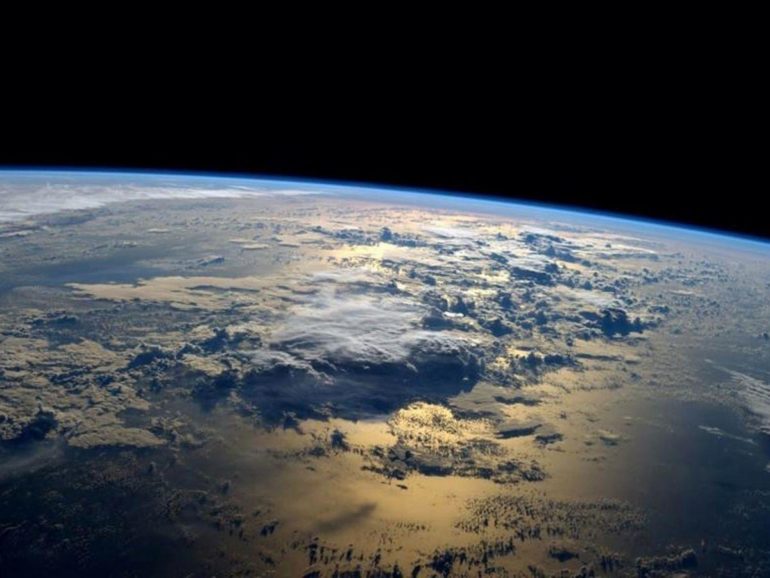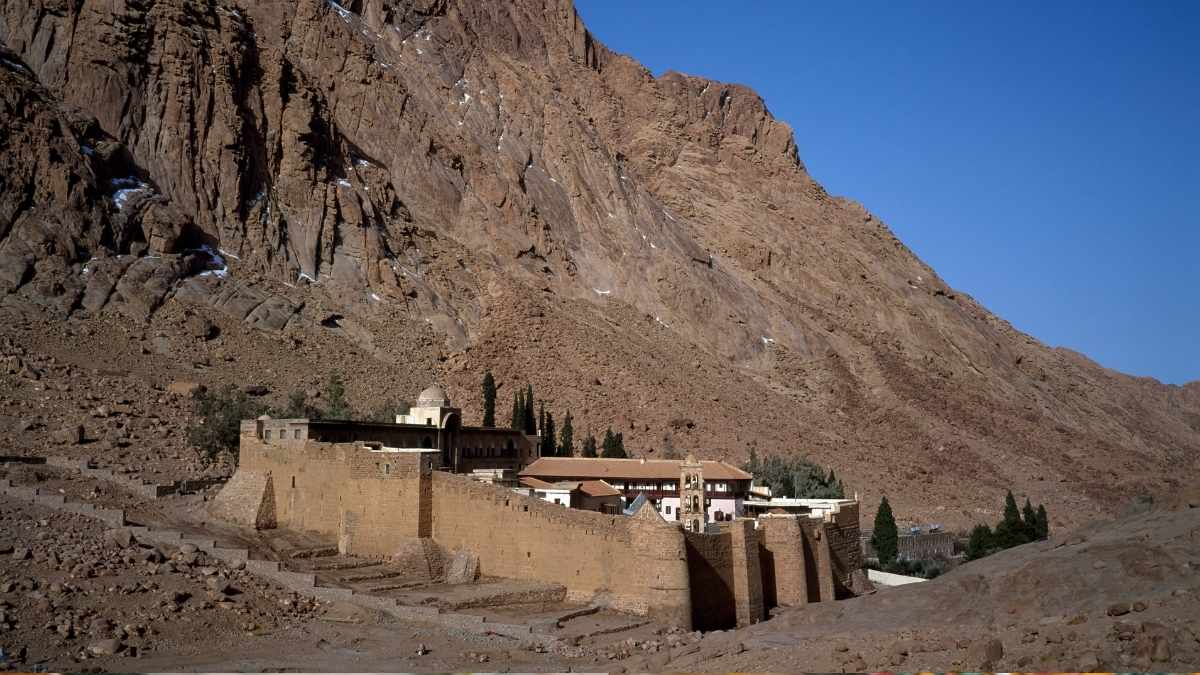According to scientists, the largest ever hole observed in the ozone layer over the Arctic has closed, ringing in one more positive news amid these distressing times!
And for the record, this has absolutely nothing to do with the lockdown or reducing pollution levels!
Ozone Layer Hole Over Arctic Heals
The hole was first identified by scientists in March earlier this year. A rather rare occurrence in the Northern Hemisphere, it is believed to be the largest hole in the Ozone layer (precisely 1 million square kilometer-wide), and would have led to a bigger threat had it moved towards the south.
But scientists at the Copernicus Atmospheric Monitoring Services (CAMS) have now confirmed that the hole has been closed. According to them, the polar vortex, the high-altitude currents that bring cold air to the polar regions, has split in two, giving the Arctic region a relative heatwave, thereby healing the hole.
The unprecedented 2020 northern hemisphere #OzoneHole has come to an end. The #PolarVortex split, allowing #ozone-rich air into the Arctic, closely matching last week's forecast from the #CopernicusAtmosphere Monitoring Service.
More on the NH Ozone hole➡️https://t.co/Nf6AfjaYRi pic.twitter.com/qVPu70ycn4
— Copernicus ECMWF (@CopernicusECMWF) April 23, 2020
Also Read: New Study Shows That The Ozone Layer Over The Southern Hemisphere Is Healing
How Do These Holes Form?
According to the researchers, such ozone holes are quite common over the Antarctic, especially during the Austral spring, the season of spring in the southern hemisphere.
They seem to occur when the polar vortex becomes extremely powerful and temperatures inside it become very cold. This further leads to the generation of stratospheric clouds, which destroy the ozone layer by reacting with CFC gases, leading to ozone depletion.

Why Is This Arctic Ozone Hole A Rare Occurrence?
As per scientists, the conditions required for such a strong ozone depletion are not normally found in the Northern Hemisphere. The reason – its topography. The Northern Hemisphere has more land masses and mountain ranges nearby, which disturbs the weather patterns more than it does in the Southern Hemisphere.
Hence the polar vortex in the Northern Hemisphere is usually weaker than in the Southern Hemisphere. Even temperatures here are not known to fall so low.
However, in 2020, the Arctic polar vortex has been exceptionally strong and stable for a long period, causing ozone-depleting chemicals to concentrate more than usual. Furthermore, temperatures in the Arctic stratosphere were also low enough for several months, allowing the formation of stratospheric clouds, resulting in large ozone losses over the Arctic.
While one can easily attribute this to climate change, researchers say it is too early to accredit this phenomenon to climate change. They’re also unsure about why the dynamics were so unusual this winter. However, CAMS will continue to conduct modeling studies to find out the reasons for this.
Meanwhile, we can just revel in this rather phenomenal news!
Also Read: 5 Positive Things Amidst COVID-19 Outbreak That Prove That The Earth Is Healing
First Published: April 27, 2020 5:32 PM




